How is electricity generated from the sun?
Electricity is generated from the sun through solar photovoltaic (PV) cells. These cells, usually made of semiconductor materials like silicon, convert sunlight into electricity. When photons from sunlight hit the cells, they excite electrons in the semiconductor material, creating an electric current (DC). An inverter is then used to convert DC to AC, making the electricity suitable for use in homes and businesses or for feeding back into the grid. Solar panels, composed of grouped solar cells, are organized into arrays to generate more electricity.
What Factors Influence Solar Power Generation?
Several elements play a significant role in determining the energy generated from solar systems, with some having a substantial impact, while others have a more minor effect.
Major factors include:
Less impactful factors include:
Are inverters loud?
A high quality inverter is generally quiet, whereas a cheaper inverter will likely create a hum or a buzzing sound which could be distracting- especially older models. You can find the noise data under your product sheet.
It is also advised to install the inverter near your switchboard and not near your bedroom or lightweight walls that would cause vibrations.
What is the payback period on solar systems?
The payback period for solar systems, usually 5 to 8 years for residential setups, depends on factors like upfront cost, incentives, local electricity rates, and system efficiency. While payback is crucial, solar systems can generate free electricity for over 25 years. Ongoing technological advancements are expected to further shorten payback periods.
What size should my solar pv system be?
The size of your solar system depends on various factors, and determining the appropriate size involves considering your energy consumption, available roof space, local climate conditions, and budget. It is always handy to submit a recent bill with a quote request.
Things to take into consideration when quoting are:
How many people are living in the home?
When do you use your electricity the most, during day or night?
What are your current electricity usage patterns?
To arrange a quote that is tailored and suitable to your needs click here
Why are solar systems a good investment?
Reduced Bills: They cut electricity costs, providing long-term savings.
Financial Incentives: Governments often offer incentives, tax credits, or rebates.
Energy Independence: Solar systems offer a degree of independence during outages.
Low Operating Costs: Minimal maintenance and low operational expenses.
Environmental Benefits: Reduced carbon emissions contribute to a cleaner environment.
Increasing Property Value: Solar-equipped properties often see a rise in value.
Technological Advancements: Ongoing improvements enhance efficiency and reduce costs.
When does my solar system work?
Generally the sun is shining the most between the hours of 11am and 4pm, making it the most effective time for your system to work. Moreover, the sun shines longer in summer days, enabling for it to generate twice the amount of electricity in the Summer seasons in comparison to in Winter.
Microinverters vs String Inverters
Microinverters optimize individual solar panels, offering better shading tolerance and monitoring capabilities. They operate at lower voltages for enhanced safety, provide installation flexibility, and are easily scalable. In contrast, string inverters connect to multiple panels in series, have a lower upfront cost, and are simpler to install. The choice depends on factors like system size, shading conditions, and budget considerations.
Solar Panel Maintenance
check out the guide attached from Solar Victoria
https://www.solar.vic.gov.au/solar-panel-maintenance-guide
How do i know if my solar system is working?
To check if your system is functioning properly, you can check the inverter to see if the indication lights are on, and if the display panel shows how much electricity you have generated so far. If your inverter is dead, is not showing any lights or display, then your system has probably shut down for safety precautions, or sunlight levels are too low to operate. If your inverter seems to be turned off, check your power meter is on. Also, try comparing your current electricity bill with a previous bill.
What is the importance of investing in a good brand of solar system?
The most important part of any solar system is the quality, as any high quality system will be able to endure any weather constraints and extremes, ensuring a long lasting system. Any cheaper brand with poorer quality will be unlikely to withstand all weather conditions, and will most likely collapse.
Please contact us for all general enquiries and questions. One of our friendly staff will be in touch with you soon.